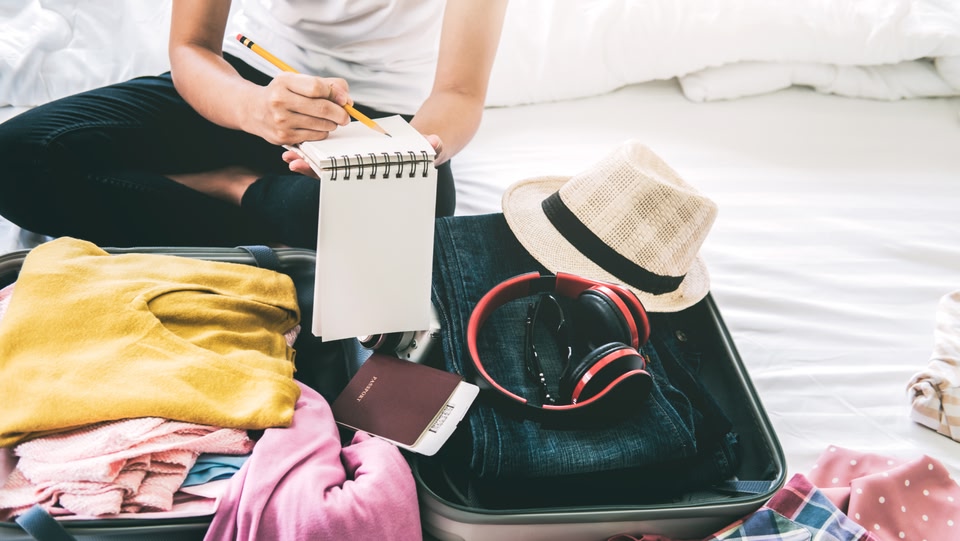No traveller wants to get caught out with the wrong size carry-on luggage as it can really disrupt boarding, result in a stressful start to your trip, and even cost you an unexpected fee.
We’ve pulled together an easy-to-understand guide about cabin bag allowances, including cabin bag size rules, carry-on luggage restrictions, and airline baggage fees, for major airlines flying from Australia.
Understanding cabin baggage restrictions
Why size matters when travelling
Airline cabin baggage restrictions can be confusing, especially when different airlines have different rules around what you can take on board. Understanding the carry-on allowance and dimension restrictions for your chosen airline means you can board with ease and avoid fees at the airport.
For most airlines flying from Australia, you can bring one personal item and one carry-on bag. In this guide, we’ll look at the size restrictions for different airlines. Discover all you need to know to pack and fly with confidence.

Cabin baggage allowances by airline
Airline by airline
Different airlines have different carry-on luggage restrictions which can cause confusion when deciding which bag to take on board with you. Here’s a breakdown of cabin bag size rules for some of the main airlines flying in and out of Australia.
Airline | Cabin bag allowance | Max Dimensions | Max Weight |
|---|---|---|---|
1 cabin bag + 1 small bag | 56×36×23 cm 40×30×10 cm | 7 kg combined weight | |
1 cabin bag + 1 personal item | The sum of H, W & D must not exceed 118 cm | 7 kg combined weight | |
1 cabin bag + 1 small bag | 56x36x23 cm 40x30x20 cm | 8 kg combined weight | |
1 cabin bag + 1 small item | 56×36×23 cm 40x15x30 cm | Depends on route; most routes combined 7 kg weight | |
1 cabin bag | 55×38×20 cm | 7 kg | |
1 cabin bag | 56×36×23 cm | 7 kg | |
1 cabin bag | 53×36×23 cm (the sum of H, W & D must not exceed 115 cm) for Economy class CRJ and ATR: 41×34×17 cm with the sum of the three dimensions no more than 92 cm | 7 kg | |
1 cabin bag + 1 personal item | 56×36×23 cm | 7 kg combined weight | |
1 cabin bag + 1 personal item | 56x36x23 cm | 7 kg | |
1 cabin bag + 1 personal item | 56×36×23 cm | 7 kg | |
1 cabin bag + 1 personal item | 50×37×25 cm | 7 kg combined weight | |
1 cabin bag | The sum of H, W & D must not exceed 115 cm | 7 kg | |
1 cabin bag + 1 personal item | 56×45×25 cm | 7 kg | |
1 cabin bag + 1 personal item | 56×35×23 cm 43×25×22 cm | No weight limit | |
1 cabin bag + 1 personal item | 56×36×23 cm | 7 kg combined weight |
Information is correct as of 23 August 2024. Always check the latest guidance before booking a trip.
Cabin baggage allowances and hand luggage limits FAQs
Now you know the cabin bag allowance for your chosen airline, you can start planning your trip with confidence. And, to get the heads up on flight deals as well as exclusive offers from our partners, expert hacks, and travel inspiration, you can create your free Skyscanner account.
As well as giving you access to the newsletter, it also makes it easy to set up Price Alerts and cheap round-trip flight emails. With Skyscanner on your side, you’ll always stay informed and save money on your travel plans.
